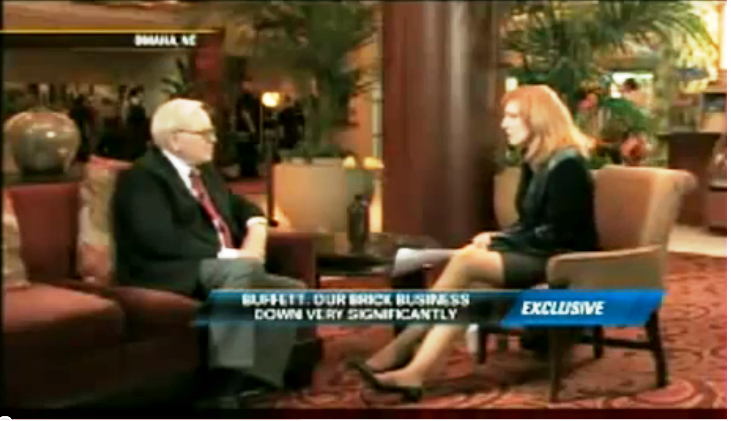
WE’VE ALL been there before. Without question, all of us have had the need for “outside intervention” regarding a financial issue that has needed our immediate attention. Oftentimes, it was our parents that were first in line for our requests, but after a certain age (or point in our lives), we were ultimately told it was time to seek assistance elsewhere for the so-called financial support. Enter: the local bank.
Today, the bank is still, for the most part, able to offer us two types of credit/loan options. These enduring options are known as secured and unsecured financing. Let’s quickly examine both.
Secured and Unsecured Financing
Let’s start by defining an unsecured loan or credit extension first. An unsecured loan is a loan obtained without the use of collateral. An individual acquiring an unsecured loan simply agrees to pay back the loan within term based on credit, employment and other factors. He or she will sign documents confirming these claims based on the application. This type of transaction can also be known as a signature loan. Most credit card issuances are applied the same way.
But how then are secured loans classified? To put it in the most simplistic of terms, a secured loan is defined as a loan using a form of collateral (or assets you own) to obtain financing. It’s also called a collateral loan. This is because it is obtained from a bank (or other financial institution), where in exchange, collateral is put forth by the borrower to secure the financing. Collateral minimizes the risk the credit grantor has invested in the transaction. This section discusses the use of collateral as a form of securing a loan for your small business.
How a Collateral Loan Works
In a collateral loan transaction your loan paperwork describes your promise to relinquish the asset(s) in question over to the lender if you are unable to repay the loan as agreed. With the lender taking less risk as a result of you collateralizing the transaction, the loan process gets easier for you to receive funding. There are obviously pros and cons to this approach. So, let’s discuss the main points for both.
Pros: To recap, when using collateral of any kind to secure a loan, the risk factor of all parties is exceedingly minimized; as the collateral pieces offered incur the burden of risk. The stronger and more stable your collateral is, the better your chances of getting the loan will be. Additionally, strong collateral usually dictates better terms and interest rates. Usually, a well-collateralized loan can be walked through the loan process much quicker and with less red tape as well.
Cons: Remember, when entering into a collateral loan, you are essentially authorizing the bank to take your asset(s) from you if you are unable to repay it. But what if the business fails? Well, the same scenario may apply; as the creditor may choose to sell off those leveraged asset(s) if the loan goes into default. And even if your small business is attempting to use its own assets…and was incorporated to limit your personal liability, this particular safeguard may not totally shield you. A personal guarantee of personal assets still may be additionally required by the lender as a stipulation to the loan application process; and here we are back to that collateral thing again.
Types of Collateral
For all intents and purposes, collateral pieces are divided into two separate categorizations: (1) assets that you own outright and (2) assets that you owe on (or still carry a balance against). If you still carry a balance on the proposed collateral, (such as equipment or a mortgage for a home or property) the credit grantor will then examine the amount of equity (or value) the collateral encompasses to make an educated decision on how much weight the asset actually holds against the loan in question. This investigation will roughly determine the amount the bank will be able to recover if the loan goes into default mode. Listed below are the major forms of collateral an individual or small business may use in the secured loan process:
- Real Estate (Homes, Land, Buildings)
- Business Inventory
- Accounts Receivables
- Cash Savings / Deposits Accounts (CD’s, Investment Products)
- Equipment / Machinery
- Vehicles (Cars, Boats, RV’s)
- Appraised Valuables (Jewelry, Paintings, Collectibles)
In Summary























